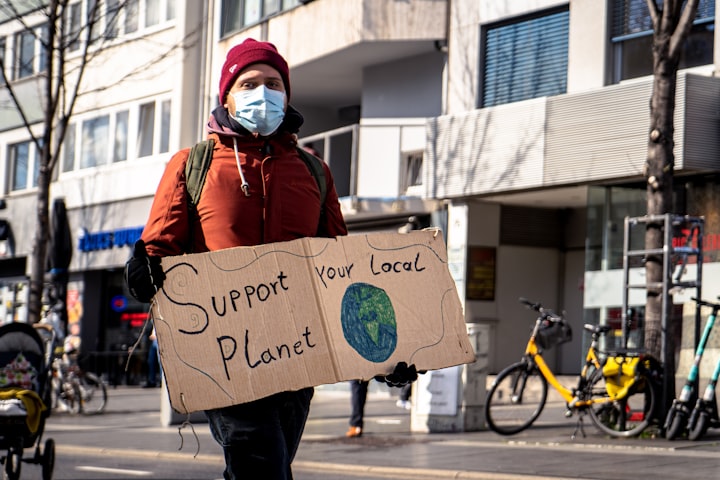how to become more eco-friendly
how to become more eco-friendly

Caring for the environment means worrying about how your actions will affect the planet around you and avoiding the negative, destructive forces. how to apply eco-friendly to your daily habits - in our stuff. 7 principles on how to make more friends in your daily routine.
Step 1: Find the water balance
Therefore, to be friendly during this time can be a big decision.
In fact, you should limit your use of water where possible: wash rather than wash, while reducing consumption 5 times, turn off the water while brushing your teeth, save six liters at a time, use ECO mode daashisher and washer, try to fully load and reduce water consumption up to 50%.
No matter how amazing it will look, but the simplest recipes for lifestyle will not be the worst recipes than the usual ways of touching a hot, oiled frying pan. the use of soda, acid and vinegar has household chemicals where consumers believe in pure mineral oil and remember the water cycle within nature.
In addition, by installing a filter (non-renewable cassette) or choosing to deliver water in functional bottles instead of buying disposable ones, you will significantly reduce your eco-footprint.
Step 2: Turn off the sunlight over the tunnel
The first and foremost step in this regard is the choice of light-pay-you-go light beams.
A useful home remedy will turn off the power when you leave the space or insert the sensors, disconnect the electrical equipment in the network in idle mode, repair and do not purchase new technology.
You should also consider your ideas on a variety of electronic devices in the way of life - at least, provide the tired support of the smartphone and give the batteries a clean amount. It is well-known that electronic waste, when it reaches the wild, releases lead, cadmium and mercury, entering the soil and groundwater, affecting not only the environment, but also individual health.
Step 3: Set paper history
Every day, 270,000 trees are felled to provide paper, destroying the entire environment. We use leaves to print on each side, and donate used paper for recycling, we will save many trees and animal lives.
Photo by author
What else can I do? Reject paper napkins and towels, disposable coffee cups, atm receipts, boarding tickets, and state bills. Switching to a web payment for all regular payments will not only save you money, but also save tons of your time and money.
Step 4: Get to the ashcan
Even beginners in writing and sorting can always start somewhere. Take a bag to the store, and buy shoe covers and real bags of vegetables and fruits. it is not advisable to look for a food container to see or give preference to products in packaging that have been considered for processing.
Photo by author
Use thermos cups and reusable bottles. Many coffee shops offer discounts to customers who take "coffee with them" in their containers. Also, this is often a very good economic compliment - you’ll just make coffee or accept tea and go with it.
Step 5: Use your bottle
In the big cities, water vending machines are also often installed, where you will use your own bottle. Before buying the latest version, we recommend that you simply focus on working and repairing the life that will be available - for example, not all plastic food packaging lasts longer, and glass containers remain sturdy.
Usually, special sports bottles made of thermoplastic are safe to wear or under. And more recently, infusers have become popular glass bottles with filters or special containers for sliced fruit, vegetables, or berries. This way, you will add any flavor to the water without adding extra calories.
Step 6: Keep food interest
Here's another reason why you should first set up a weekly menu and make a list of products before going to the store.
Photo by author
It is this practice that will not only help keep food balanced and varied, but also greatly reduce the amount of leftover food. It is noteworthy that by choosing local and seasonal foods, you will significantly reduce the route from the manufacturer to the refrigerator, which indicates that it will emit less travel fuel, less greenhouse gases and garbage. the most advanced people can consider adding compost, products that are successfully used as fertilizers in parks, gardens and in their small homes.
Step 7: Eat wisely
In fact, most purchases are done automatically, compress space, and do not disturb the sense of well-being.
At the same time, money in a pocket for travel brings happiness. therefore the term "sustainable use" is strengthened and developed within the economy, which promotes the economic use of natural resources within the framework of satisfying only essential needs.
Spending money on things today is not true, the most important investment is considered education (in the broadest sense) and travel experience.





Comments
There are no comments for this story
Be the first to respond and start the conversation.